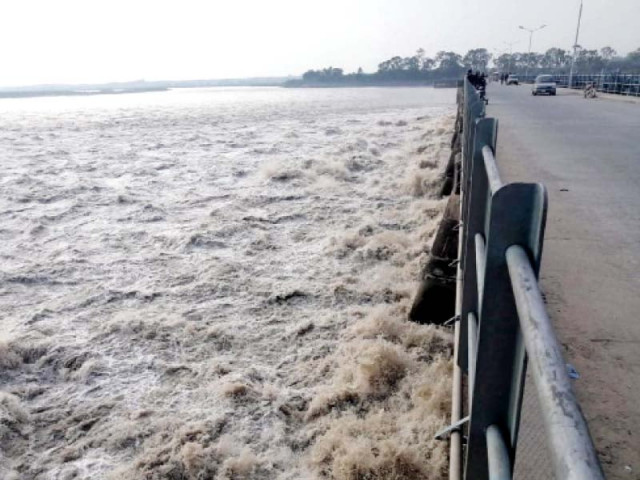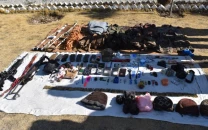Sindh getting water in access of demand
Committee on water resources seeks report on construction of guide wall on left bank of Indus in Bhakkar

The National Assembly Standing Committee on Water Resources was informed on Thursday that all the provinces were receiving water as per their demand; however, Sindh was getting more than its demand because of excess availability.
The committee, which met with Nawab Yousaf Talpur in the chair through a video link, discussed grievance of the people affected by Daducha dam and the water position at Tarbela and Mangla dams vis-a-vis provincial indents.
The committee was informed that at present, Sindh’s water demand was 10,000 cusecs but due to rain in upper catchment areas, the flow to the province was 20,000 cusecs. Officials said that Punjab and Balochistan were receiving water according to their indents of 19,900 and 4,000 cusecs, respectively.
The committee directed engineers of the Federal Flood Commission (FFC) and the Irrigation Department of Punjab to submit a report on the embankment and a guide wall constructed on the left bank of the Indus River in Bhakkar district.
The committee was informed that the guide wall was constructed near the embankment was a misuse of public money. A water resources ministry representative said that a meeting had already been convened and its report would be submitted to the committee in a few days.
The meeting was attending by National Assembly members Ali Nawaz Awan, Javed Iqbal Warraich, Naureen Farooq Ibrahim, Nuzhat Pathan, Khalid Hussain Magsi, Hamid Hameed, Riazul Haq and Afreen Khan, Shokat Ali Bhatti and officers from the relevant departments.
(WITH INPUT FROM APP)



















COMMENTS
Comments are moderated and generally will be posted if they are on-topic and not abusive.
For more information, please see our Comments FAQ